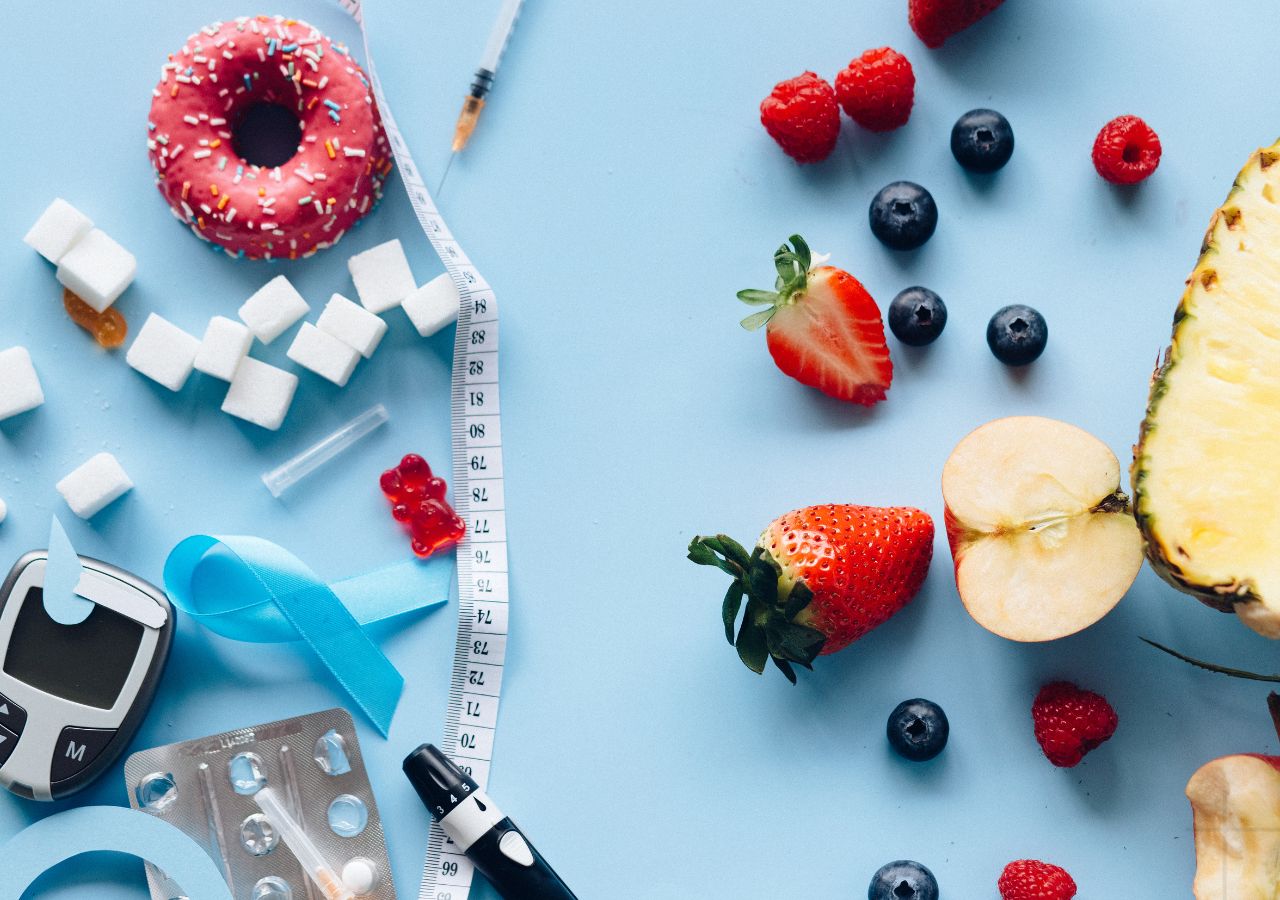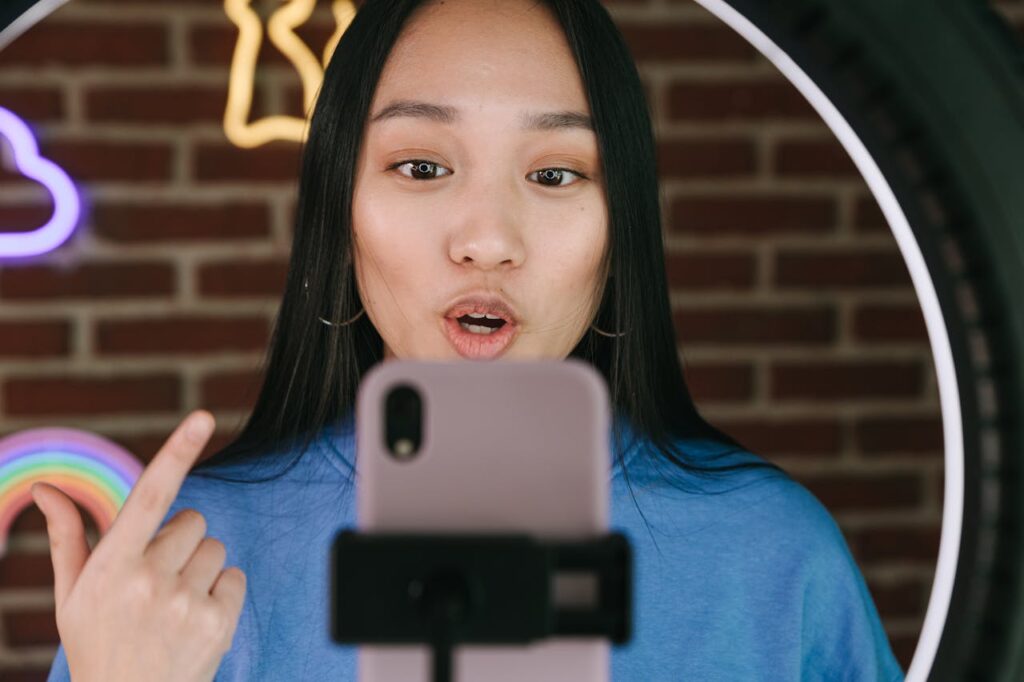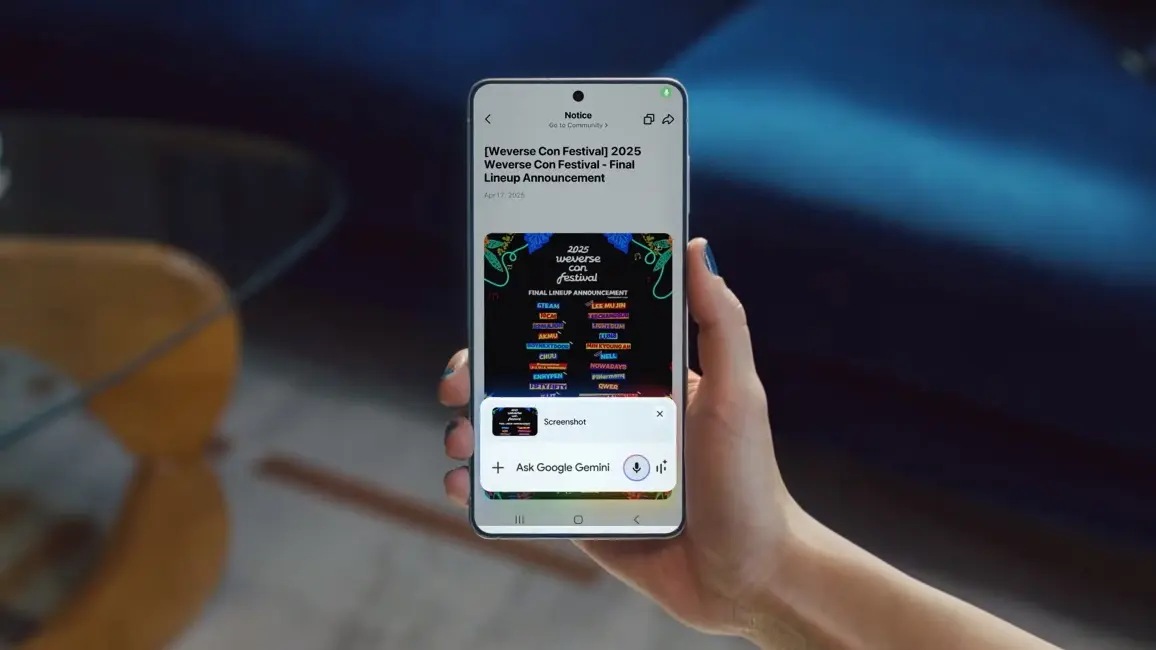Now Reading: Do Sugar Cravings Mean You Have Diabetes?
-
01
Do Sugar Cravings Mean You Have Diabetes?
Do Sugar Cravings Mean You Have Diabetes?

Sugar cravings are something most of us have experienced—whether it’s reaching for a chocolate bar after a long day or daydreaming about a sugary soda. But there’s a persistent myth that intense cravings for sweets automatically point to diabetes. This idea can spark worry, especially if you find yourself frequently wanting sugar. So, let’s bust this myth wide open with clear, evidence-based facts to help you understand what’s really going on and when you should be concerned.
Why Does This Myth Exist?
The connection between sugar cravings and diabetes isn’t entirely baseless, which is why the myth has legs. Diabetes is a condition where the body struggles to manage blood sugar (glucose) levels, either because it doesn’t produce enough insulin (Type 1 diabetes) or because cells don’t respond well to insulin (Type 2 diabetes). Insulin is the hormone that helps glucose enter cells for energy. When this process goes awry, blood sugar levels can spike, leading to a range of symptoms.
According to the American Diabetes Association, high blood sugar (hyperglycemia) can make you feel hungrier than usual. Why? If your cells can’t access glucose due to insulin issues, your brain might interpret this as a lack of energy and send out hunger signals. Sometimes, these signals translate into cravings for quick-energy foods like sugary snacks. Healthcare Associates notes that insulin resistance, common in prediabetes and Type 2 diabetes, can trigger cravings for sweets and carbs as the body tries to compensate for its energy deficit. This link has fueled the idea that sugar cravings are a hallmark of diabetes.
But here’s the catch: while this mechanism is real, it’s not the full story. Sugar cravings are far from a standalone symptom, and they don’t automatically mean diabetes is the cause.
The Bigger Picture: What Else Causes Sugar Cravings?
Sugar cravings are complex and can stem from a variety of causes, many of which have nothing to do with diabetes. Here are some common culprits:
- Stress and Emotions: When you’re stressed, your body releases cortisol, which can increase appetite and make you crave high-energy foods like sweets. Verywell Mind explains that sugar boosts serotonin, a feel-good brain chemical, which is why you might reach for candy during tough times.
- Hormonal Changes: Hormonal fluctuations, such as those during menstruation, pregnancy, or menopause, can spark sugar cravings. For example, a drop in estrogen or serotonin before your period can make sweets seem irresistible.
- Diet and Habits: Eating a lot of processed carbs or sugary foods can train your body to expect more of the same. If your diet lacks balance, your blood sugar might rollercoaster, leading to cravings.
- Lack of Sleep: Sleep deprivation messes with hunger hormones like ghrelin and leptin, making you more likely to crave sugary, high-calorie foods.
- Psychological Triggers: Sometimes, cravings are tied to habits or emotions, like snacking while watching TV or seeking comfort food. Diabetes UK points out that emotional eating can drive sugar cravings, even in people without diabetes.
Given these factors, it’s clear that sugar cravings are a common human experience, not a direct ticket to a diabetes diagnosis. The myth oversimplifies a complex issue, ignoring the many everyday reasons you might want a cupcake.
When Might Sugar Cravings Point to Diabetes?
While sugar cravings alone don’t confirm diabetes, they can be a red flag when combined with other symptoms. The Mayo Clinic lists classic diabetes warning signs, including:
- Increased thirst and frequent urination
- Unexplained weight loss
- Extreme fatigue
- Blurred vision
- Slow-healing sores or frequent infections
- Tingling or numbness in hands or feet
If you’re experiencing persistent sugar cravings alongside these symptoms, it’s worth paying attention. because high blood sugar can lead to an “unsatisfying craving for food” because the body’s cells are starved of energy, even when glucose is abundant in the blood. This can make you feel hungrier and more tired, potentially driving cravings for sweets.
Prediabetes, a condition where blood sugar is higher than normal but not yet at diabetic levels, can also play a role. According to Diabetes UK, blood glucose levels between 42–47 mmol/mol signal prediabetes, which increases the risk of developing Type 2 diabetes. Sugar cravings in this context might be an early hint, especially if insulin resistance is starting to disrupt how your body handles glucose.
Busting the Myth: Why Cravings Aren’t Enough
Here’s the key to busting this myth: sugar cravings are too common and nonspecific to be a reliable indicator of diabetes on their own. Many people without diabetes crave sugar regularly, and not everyone with diabetes experiences noticeable cravings. The condition is diagnosed through blood tests, like fasting blood sugar or A1C, not by how much you want ice cream.
To illustrate, let’s compare diabetes symptoms and their relevance:
| Symptom | Likelihood of Diabetes Link | Other Possible Causes |
|---|---|---|
| Thirst/Urination | High | Dehydration, medications |
| Fatigue | High | Stress, poor sleep, anemia |
| Weight Loss | High (esp. Type 1) | Diet changes, illness |
| Sugar Cravings | Moderate | Stress, hormones, diet, emotional eating |
| Blurred Vision | High | Eye strain, other eye conditions |
As the table shows, cravings are less specific than other symptoms. They’re a piece of the puzzle, but not the whole picture.
What Should You Do If You’re Worried?
If you’re concerned about sugar cravings and suspect they might be related to diabetes, here’s a practical plan:
- Assess Your Symptoms: Are you only craving sugar, or do you also have other signs like thirst, fatigue, or frequent trips to the bathroom? Multiple symptoms are more concerning than cravings alone.
- See a Doctor: A simple blood test can check your blood sugar levels. Tests like fasting glucose, A1C, or an oral glucose tolerance test can confirm or rule out diabetes or prediabetes.
- Tweak Your Lifestyle: Whether or not diabetes is the cause, managing cravings can improve your health. Try these tips from the American Diabetes Association:
- Eat balanced meals with protein, fiber, and healthy fats to stabilize blood sugar.
- Stay hydrated to avoid mistaking thirst for hunger.
- Exercise regularly to improve insulin sensitivity and reduce cravings.
- Get enough sleep and manage stress to keep hormones in check.
- Consult a Professional: A dietitian or diabetes educator can help you create a plan to manage cravings and maintain healthy blood sugar levels, especially if you’re at risk for diabetes.
Sugar cravings don’t automatically mean you have diabetes. While they can be linked to high blood sugar or insulin resistance in some cases, they’re often caused by stress, hormones, diet, or habits. The myth that cravings equal diabetes oversimplifies a complex issue and can cause unnecessary worry. If you’re experiencing cravings along with other diabetes symptoms, it’s smart to get a blood test for clarity. Otherwise, focus on balanced eating and a healthy lifestyle to keep cravings in check.
So, the next time you’re eyeing that candy jar, don’t panic. It might just be your brain asking for a quick pick-me-up, not a sign of something serious. When in doubt, check it out with a healthcare provider to put your mind at ease.
Stay Informed With the Latest & Most Important News
Previous Post
Next Post
-
 01Myth Busted: Do Detox Diets Really Cleanse Your Body
01Myth Busted: Do Detox Diets Really Cleanse Your Body -
 02Mastering Stress: Your Guide to a Calmer, Healthier Life
02Mastering Stress: Your Guide to a Calmer, Healthier Life -
 03Samsung Galaxy S25 Edge: Super Slim, Super Cool, But Is It For You?
03Samsung Galaxy S25 Edge: Super Slim, Super Cool, But Is It For You? -
 04Do Sugar Cravings Mean You Have Diabetes?
04Do Sugar Cravings Mean You Have Diabetes? -
 05Fuel Your Day: Nutrition Tips for Energy and Vitality
05Fuel Your Day: Nutrition Tips for Energy and Vitality -
 06Bollywood Beats: How Indian Cinema Shapes Global Pop Culture
06Bollywood Beats: How Indian Cinema Shapes Global Pop Culture



















